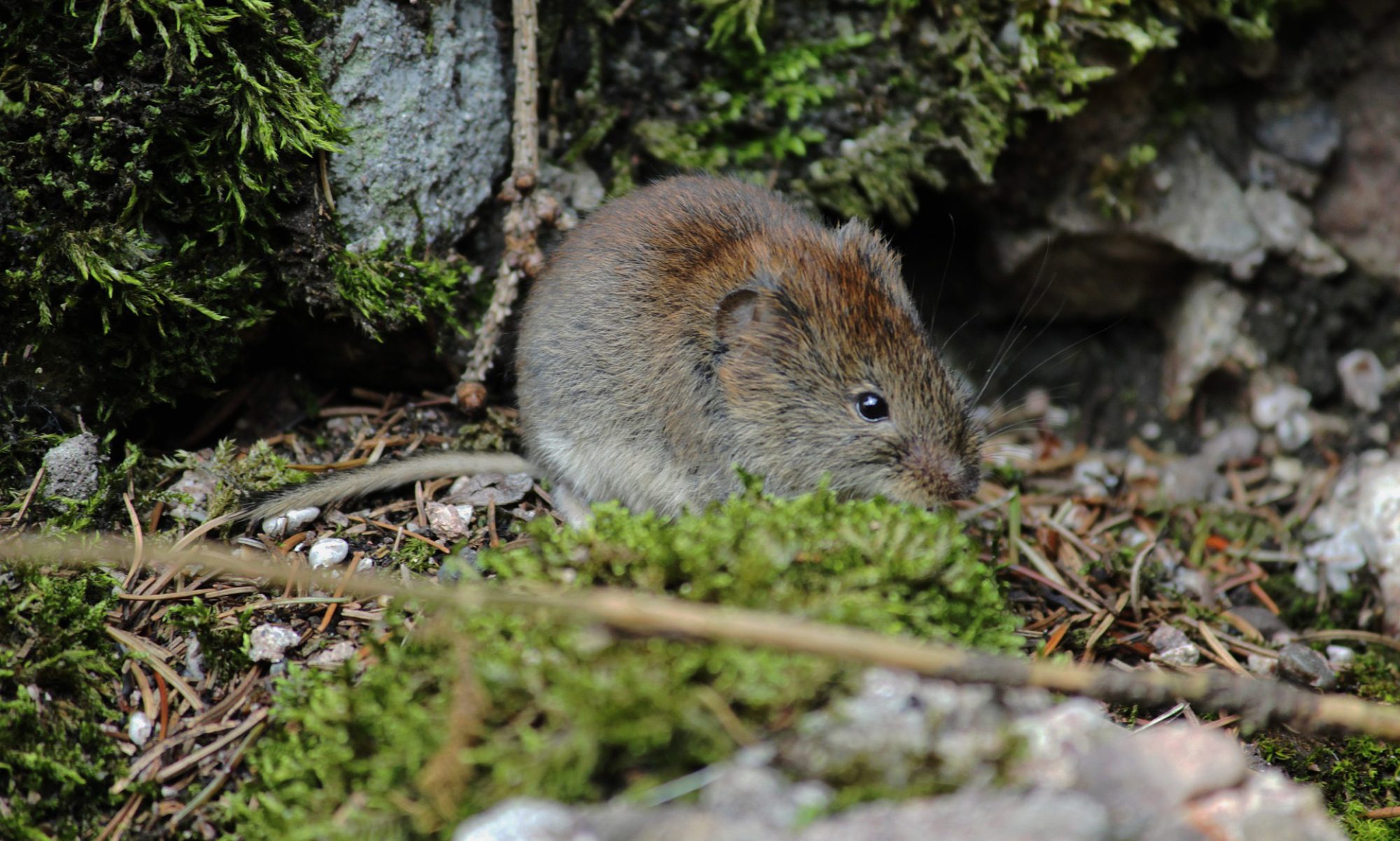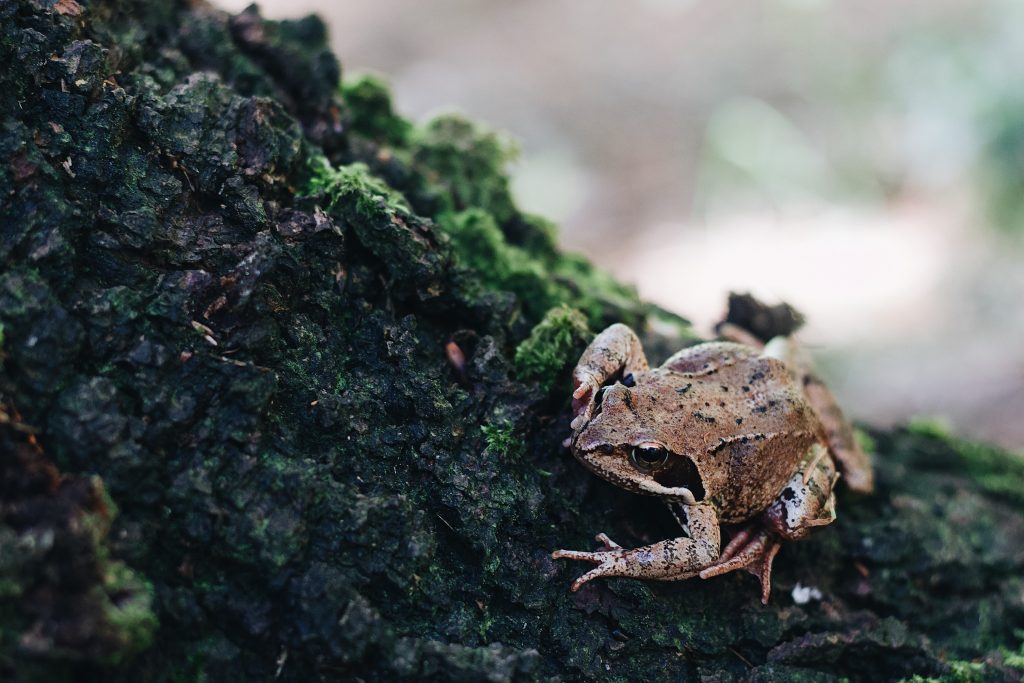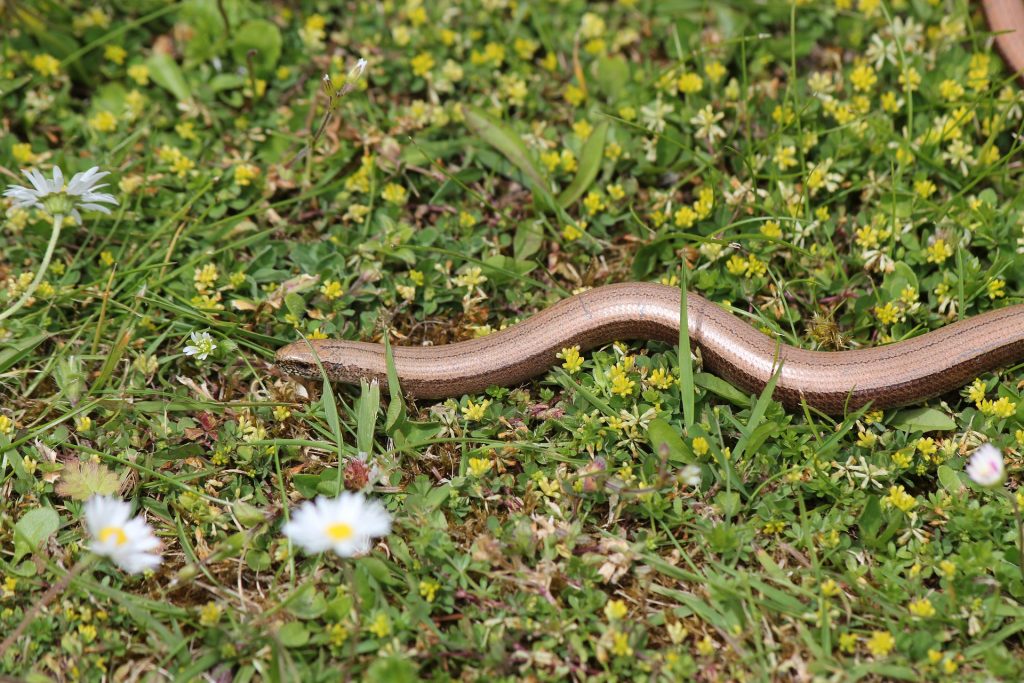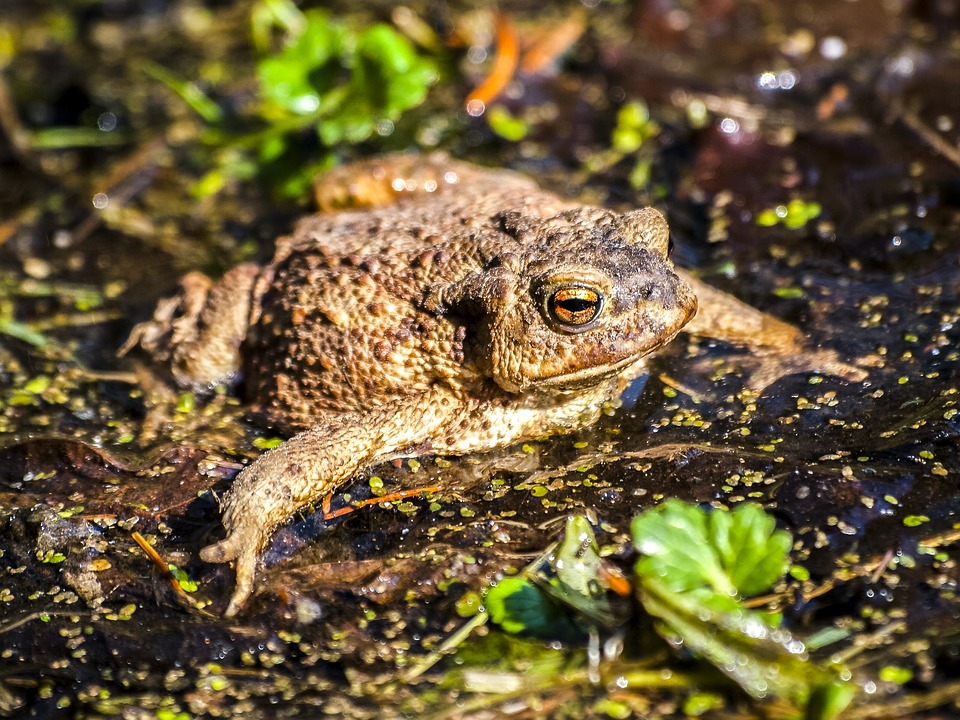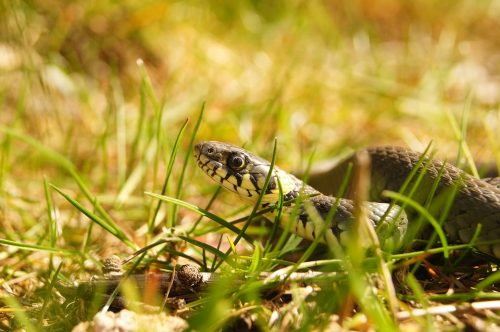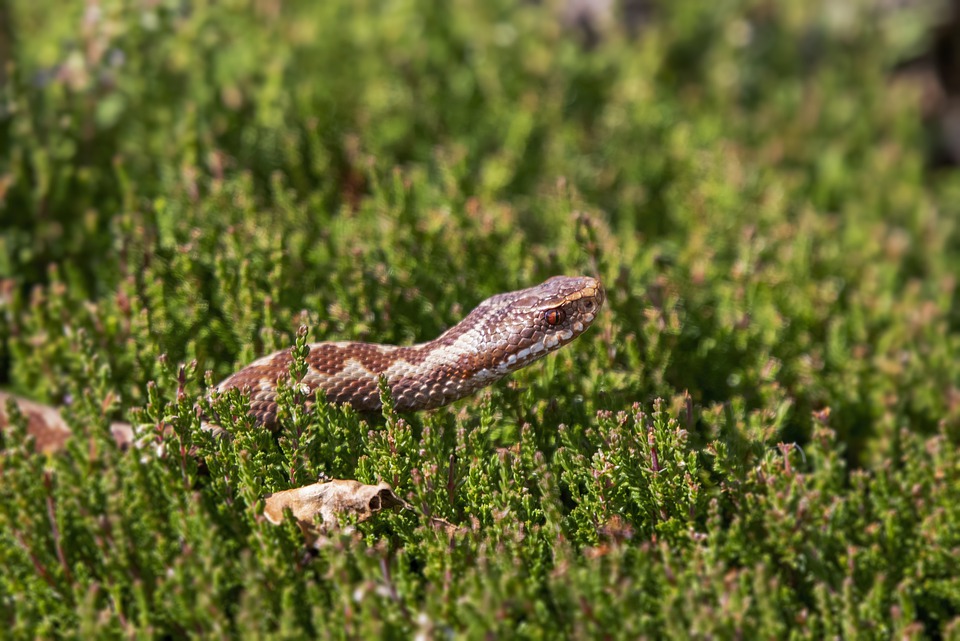
The whole snake family has a rather strange evolutionary history. Snakes’ ancient ancestors (who were also the ancestors of lizards) progressed from above-ground life, to living and moving about underground, burrowing through the earth. This subterranean lifestyle meant they’ve evolved to have relatively poor eyesight. To compensate, snakes picture their surroundings using their tongues, which collect chemicals in the air. On retracting the tongue, this transfers the chemicals to their ‘smell’ organ (called Jacobson’s organ). The adder (Vipera berus) is, of course, also unique in being Britain’s only venomous snake. They use venom to help kill their prey, small mammals and chicks. But adders should not be feared – they will only bite you to defend themselves from a serious threat, like being handled or stepped on.
Continue reading “Species Guide: The Adder”